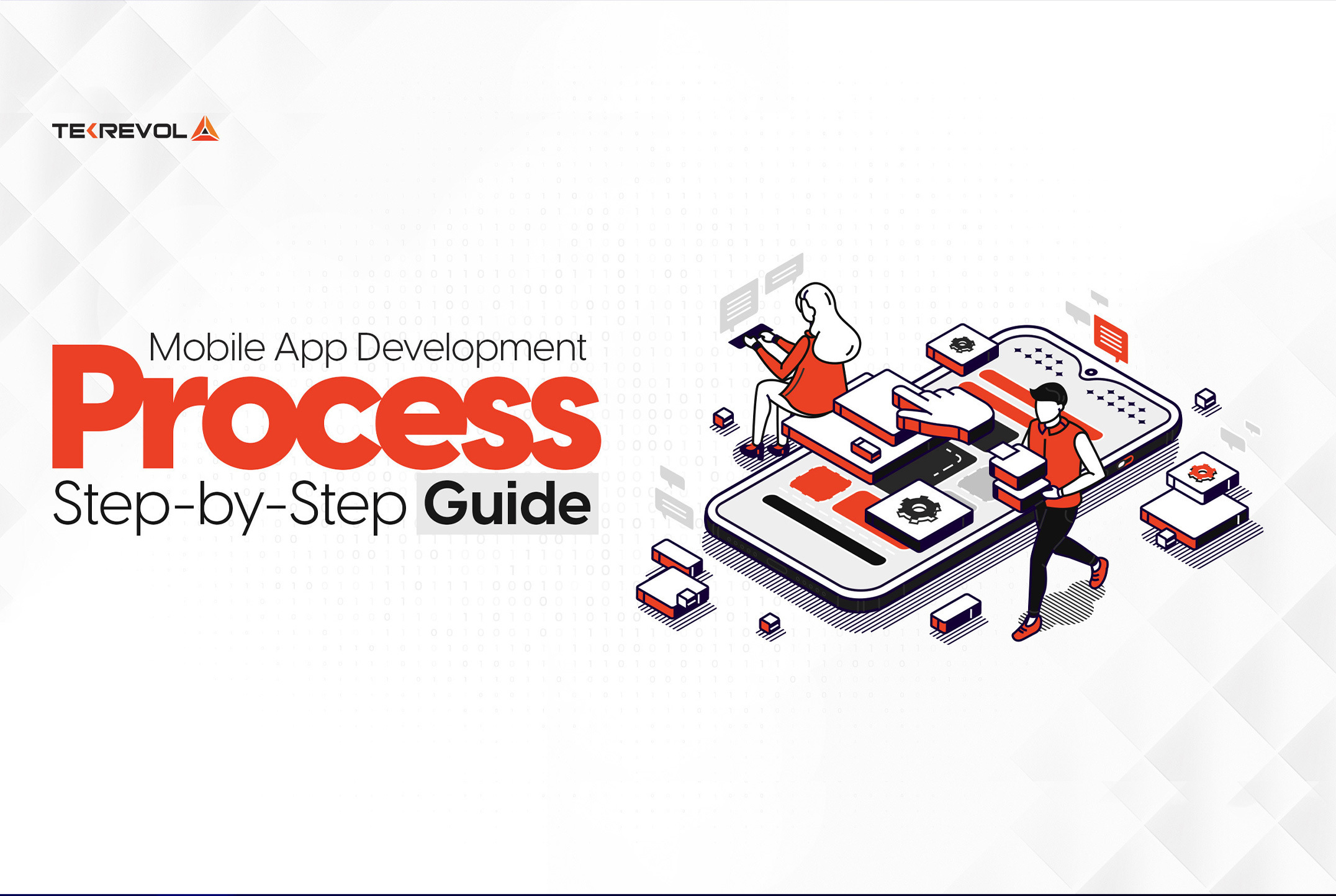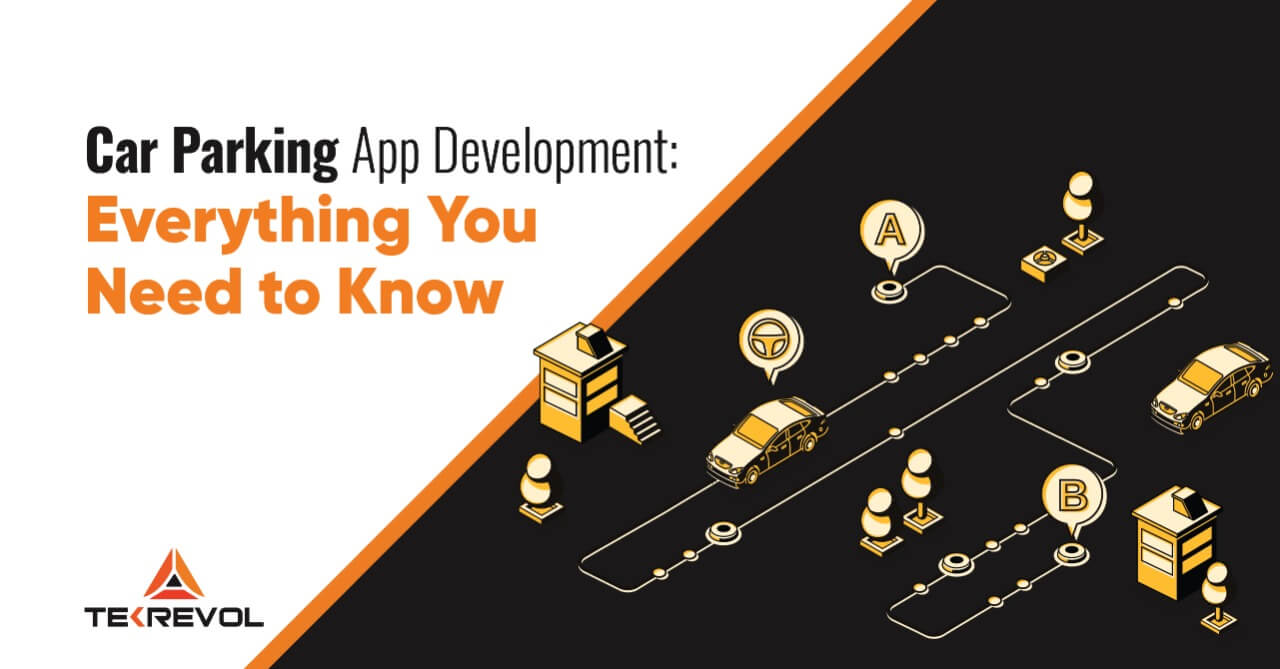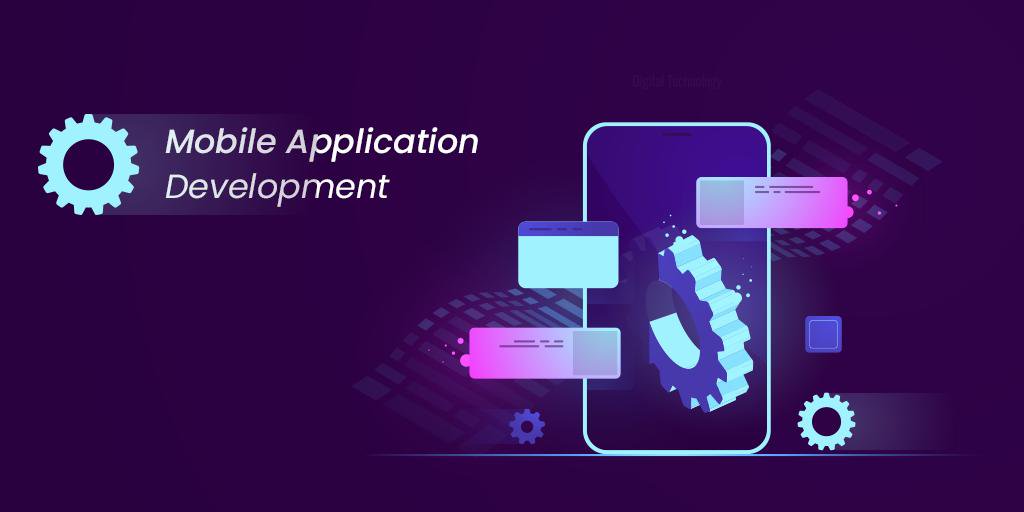The exciting world of mobile apps allows people to open up a universe of possibilities with just a simple touch on a screen.
Nonetheless, it’s important to highlight that this industry has undergone substantial evolution since the era of Temple Run, which is now playing a vital role in addressing various requirements.
Even though user preferences and business creativity have transformed the overall mobile app experience, the fundamental mobile app development process remains the same with only minor adjustments such as the addition or removal of features and functionalities.
In this article, we’ll walk you through the mobile app development process step by step, elaborating each step with detail before you initiate the application development stages for your iOS or Android app.
Moreover, we’ll also tell you about the 4 main approaches for the mobile app dev process to fill you in with the app development best practices for the app you’re trying to develop.
Now without any further ado, let’s start with some important statistics before diving into the stages of app development.
Mobile App Development Statistics
Before starting with the steps to creating an app, here are the latest statistics on mobile app development for you to have a comprehensive view of industry trends:
- The mobile app revenue will exceed $935 billion in 2023
- There are 1.96 million apps available to download on the Apple App Store
- There are 2.87 million apps available to download on the Google Play Store
- Approximately 21% of Millennials launch an app more than 50 times per day
- Around 49% of people open an app at least 11 times per day
- On average, a smartphone owner uses 10 apps daily and 30 apps monthly
What are the Steps of the Mobile App Development Process?
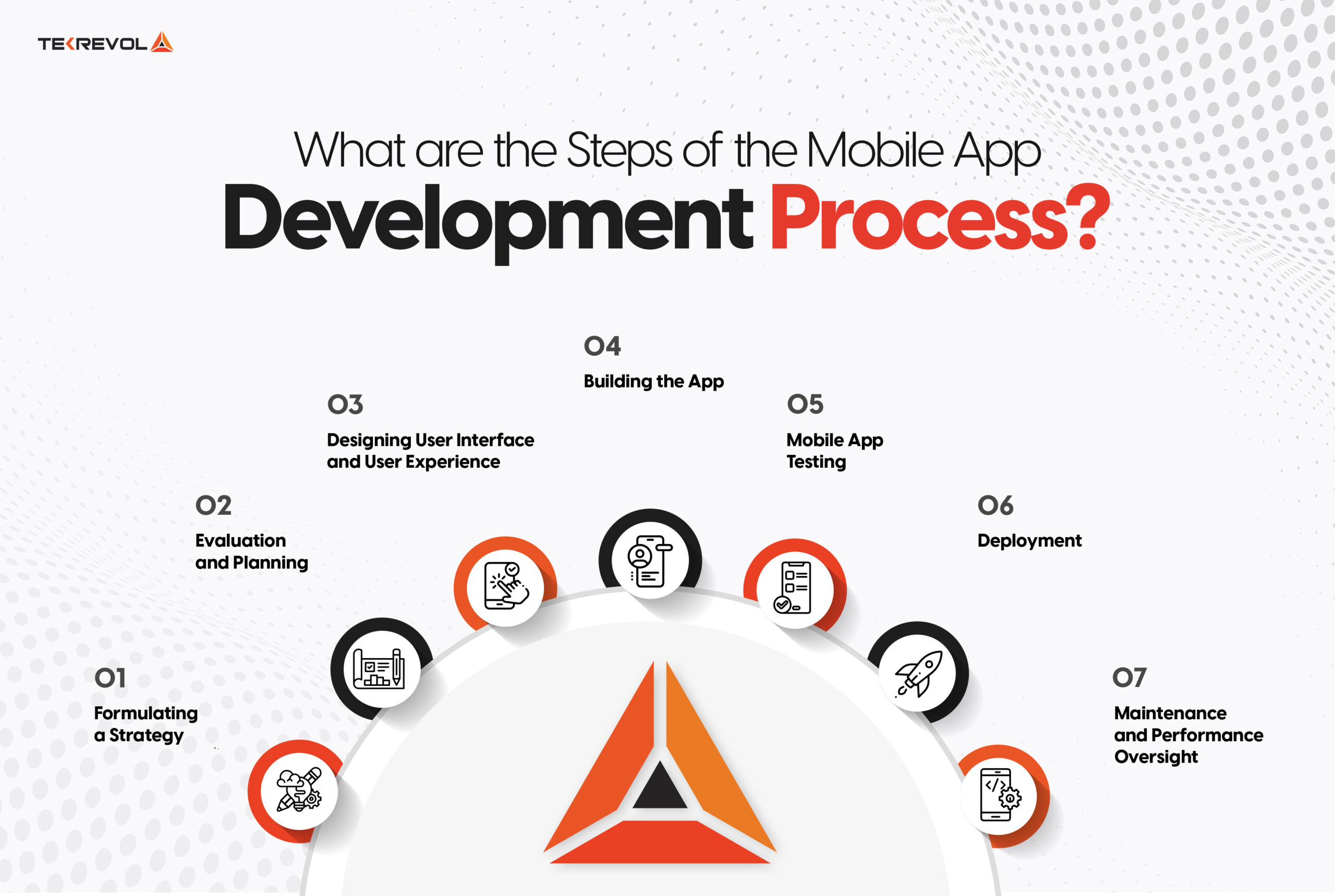
The mobile app development process typically consists of several key steps, which can vary slightly depending on the specific project and development approach. Here are the general app development steps:
1. Formulating a Strategy
2. Evaluation and Planning
3. Designing User Interface and User Experience
4. Building the App
5. Mobile App Testing
6. Deployment
7. Maintenance and Performance Oversight
Now, let’s learn about the app development steps in detail:
Step 1: Formulating a Strategy
The initial phase in app development involves establishing the strategy. During this stage, you need to thoughtfully consider your future app, including its objectives, features, and business approach.
Define Goals
When developing either a consumer or business app, the first step often involves determining its primary goals and creating app development roadmap.
This can be accomplished by addressing the following inquiries:
What issue will my app resolve?
Who are the intended users?
What outcomes do I wish to attain with my app?
In some cases, you may already have a preliminary concept for your app, which can make these questions easier to answer.
Nonetheless, it is beneficial to document these key objectives for reference as you work toward your app roadmap.
Before You Dive Deeper, Uncover the Secrets with Our Detailed Guide: “How To Build An App“.
Competitor Analysis
This step involves examining your current or possible competitors.
Are there any existing apps that cater to the same needs? What is their level of success? Do they have a substantial number of downloads and favorable feedback?
By investigating your competitors, you can avoid errors that might have already occurred within your sector.
Additionally, you will gain insight into the present environment of comparable mobile apps and identify how you can set yourself apart from your competitors.
Pick a Platform
During the strategy development phase of app creation, you will need to determine the platform for your tool.
It could be a customized Android app, an iOS app, or possibly a cross-platform application. You also have to keep the factors of cost in mind.
That’s because the cost to make an app with the native framework can be a little higher than with cross-platform frameworks.
Monetization Method Selection
Finally, selecting the appropriate revenue generation approach is relevant only for those offering a consumer app.
In this scenario, you aim to generate direct profits from your investment, and there are several choices available, including:
- In-app purchases
- In-app advertising
- Affiliate marketing
- Paid apps
- Subscriptions
The choice of how to make money from your app relies on your objectives and the nature of the application you’re developing.
For instance, if you’re developing an app like Discord then charging for downloads might not be a wise approach. Instead, you’ll probably opt for in-app purchases and subscription models.
Similarly, if you decide to create a gaming app, it’s likely that you’ll make use of in-app advertisements in addition to in-app purchases and subscriptions.
For more insights on game app monetization methods, visit our detailed guide: Ad Revenue in Mobile Gaming.
Step 2: Evaluation and Planning
The next important phase is evaluation and planning. By this point, you have your concept, have conducted some research, and have a general sense of your direction.
It’s now the moment to get down to specifics and determine all the necessary details before moving on to the design and development phases.
Functional and Non-Functional Requirements
To build an app, you need to define the specific operations you want your mobile app to carry out.
For instance, if you’re developing a news app, you may require features like user authentication, news categories and filtering, search and archive, sharing and social integration, offline reading, and ad integration.
These tasks will be documented in your functional requirements, providing a clearer understanding of the necessary features.
Furthermore, you must consider the non-functional requirements of the software, which relate to the system’s performance quality and significantly influence the user experience.
Project Pathway
This step involves outlining your app’s development plan which includes crafting a comprehensive strategy on how you’ll reach the end goals for your project.
When your Minimum Viable Product (MVP) is introduced, you aspire for it to be prosperous and avoid the possible common mobile app development mistakes.
Therefore, in the process of creating the project pathway, you document all the desired functionalities for your app.
Moreover, you prioritize the most critical functions and deliberate on which features can be incorporated at a later stage.
Technology Stack
Choosing the right technology stack is the final aspect of the evaluation and planning phase which involves determining the expertise required for your mobile project.
For an iOS app, you’ll need to hire proficient iOS developers. If you’re aiming to develop a cross-platform app, you’ll need someone with expertise in technologies like React Native, Flutter, Xamarin, and others suitable for multi-platform development.
You can read our cross-platform framework comparison guide “React Native vs Flutter vs Xamarin” to get an idea of selecting the right mobile app tech stack.
As soon as you finish the planning stage, the next steps to develop an app includes the mobile app design strategy which we will cover in the next section.
Step 3: Designing User Interface and User Experience
Designing the UI/UX is one of the crucial steps to developing an app. For users to have an optimal experience, it’s important to pay a lot of attention to the design of your app.
If the design is disorganized or flawed, users will quickly switch to competitors and abandon the app they’ve invested so much effort in.
This is why this phase demands a substantial commitment when your aim is to craft a beloved app.
Structuring Information and Processes
An early stage in the app design process involves setting guidelines as part of your app’s information structure.
You must determine the data that will be included in your app, how it will be presented, and the user interactions with it.
Based on these guidelines, you can then craft flowchart diagrams that serve as valuable tools for monitoring various user interactions. Basically, they provide a visual representation of how your app’s navigation functions.
Wireframes
Business analysts generate digital outlines known as app wireframes. These serve as conceptual blueprints, offering a visual framework for your app’s operations.
App Wireframes typically focus on enhancing the user experience and the visual appeal of the app. This is done to ensure that the final application is user-friendly and operates smoothly.
Style Guides
Style guides are formulated to consolidate your company’s branding elements into a single document. Typically, these documents encompass the following design components of your app:
- Buttons
- Fonts
- Widgets
- Color Schemes
- Spacing
- Mockups
Once you’ve established your app’s style guides, the next step involves transitioning to mockups.
These represent the ultimate visual representations of your app and are produced by implementing the style guide onto the wireframes.
Following the completion of this phase, the key focus is to verify that the design maintains uniformity across the entire app.
Prototypes
The UI/UX design process concludes with the creation of prototypes.
Prototypes enable you to replicate the user experience and the complete app development workflow, giving you a comprehensive understanding of the app’s functioning.
Although this phase may consume time, it’s imperative not to underestimate its significance. A well-executed prototype can assist in identifying any design and functionality issues that require correction.
Step 4: Building the App
After the design phase, it’s time to progress to one of the crucial stages in your mobile app creation process. Generally, this stage comprises two primary components: the backend and the front end.
Frontend
The front end of a mobile app is the primary point of interaction for the end-user. There are three main approaches to building the front end of an app:
1. Platform-specific
Platform-specific apps are separate versions of the app for different platforms such as iOS (Apple devices) and Android (devices from various manufacturers).
Each version is customized to the specific guidelines, programming languages, and design principles of the targeted platform, ensuring optimal performance and user experience.
2. Hybrid
Hybrid apps are mobile applications that combine elements of both native and web applications.
These apps are built using web technologies such as HTML, CSS, and JavaScript, and they are wrapped in a native container that allows them to be installed and run on a mobile device just like a native app.
3. Cross-platform
Cross-platform apps are mobile applications that are designed and developed to run on multiple operating systems or platforms.
Unlike platform-specific apps, which are built separately for each targeted platform (e.g., iOS, Android), cross-platform apps use a single codebase that can be deployed on different platforms with minimal modifications.
If you’re looking for experienced frontend developers then we suggest you read our detailed guide on how to hire a frontend developer.
Backend
The backend phase in app development involves the creation of databases and server-side elements essential for the app’s functionality.
During this phase, the project team will opt for suitable programming languages to initiate the app coding process.
Furthermore, they will choose database engines and a hosting environment.
The backend segment of the app development life cycle is pivotal as it dictates the scalability of your mobile app in the long run.
Step 5: Mobile App Testing
After completing the app development phase, it’s crucial to initiate testing to ensure the stability, security, and elimination of bugs in the developed solution.
To achieve the highest quality delivery, your app should undergo five testing methods before deployment. Here are those:
1. Security
Strengthen the app’s resistance to potential security threats through in-depth evaluations, safeguarding user data, and maintaining application integrity.
This is a high-priority factor for healthcare web app development as all the top healthcare apps are top-notch when it comes to security.
2. Functionality
Guarantee a smooth and error-free user experience by comprehensively checking that all features and functionalities operate as intended.
3. Platform and Device
Ensure consistent performance and compatibility across diverse mobile environments by testing across various platforms and devices.
4. Performance
Optimize the app’s speed, responsiveness, and overall performance strategically, ensuring a positive user interaction.
5. Extended Review
Prior to moving forward with deployment, it’s advisable to conduct testing with your app’s ultimate end-users. Whether organizing a focus group or conducting a beta launch, the primary objective is to gather extensive feedback.
Step 6: Deployment
Upon reaching the deployment phase for your app, the distribution models will vary based on the platform you developed for.
The strategy for mobile application deployment is straightforward – you can either submit your app to Apple’s App Store or Google’s Play Store or opt for private distribution.
For both stores, you need to complete various forms and submit your app for review.
It’s important to note that the App Store is known for being more stringent in its approval process, so ensuring your iOS-based tool meets the highest standards is crucial to avoid potential challenges.
Step 7: Maintenance and Performance Oversight
After your app is successfully launched and users are consistently downloading it, it’s crucial to put on your analytical hat and continuously monitor its performance.
Do not overlook this step; it might require more time than the app development itself and demands ongoing management.
Key Performance Indicators (KPIs) for maintenance and performance oversight include:
- Average visit time
- Ratings
- App downloads
- Churn
- Customer lifetime value
- Reviews
- Active users
- Retention
- Conversions
Remember to monitor incidents of crashes, bugs, customer inquiries, and the overall performance of the app. This ongoing tracking will enable you to refine your solution over time.
Moreover, it is a good rule of thumb to budget the app maintenance cost to be around 15 – 20% of the initial development cost.
Now that we’ve learned about the ins and outs of the app dev process, let’s dive into the four main approaches in mobile app creation to learn how to get an app developed.
What are the Four Main Approaches to Mobile App Development?
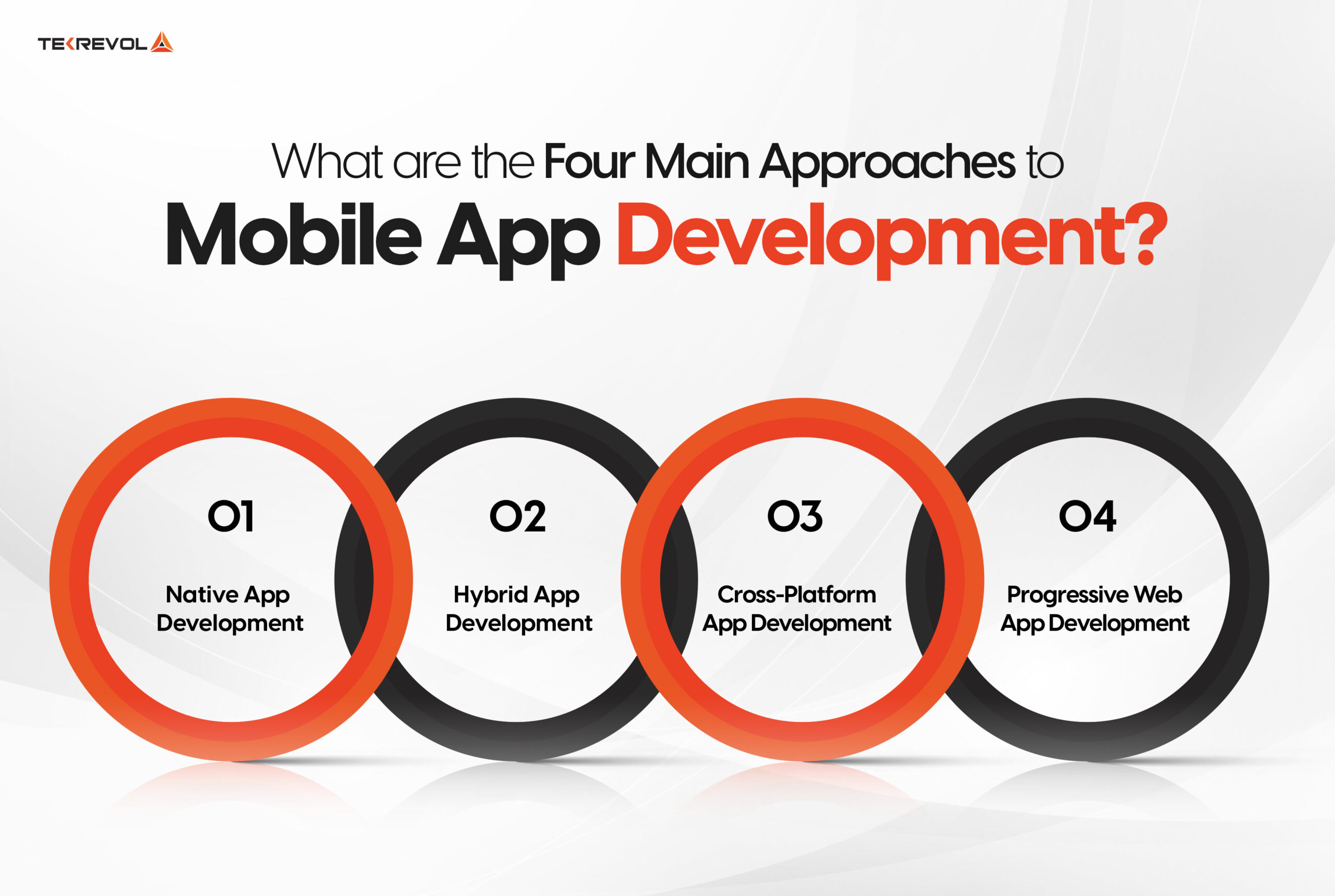
The app development stages are carried out using four distinct methods, each with its own set of pros and cons. The selection of a mobile app creation framework or strategy is contingent on factors like project requirements, timeline, and team dynamics.
Here are the four main approaches to creating mobile app programs:
Native App Development
The native app development process specifically involves targeting any one of the mobile platforms like Android or iOS.
Whether you choose Android app development or iOS app development, you will enjoy the top benefits of native app development that are absent with cross-platform apps.
The development team utilizes platform-specific programming tools and languages such as Java or Kotlin for Android and Objective C or Swift for iOS.
This approach offers superior performance and guarantees a smooth user experience as the mobile applications are only optimized for the specific platform’s software and hardware.
Native apps have complete access to APIs and device features and integrate well with other advanced functionalities like sensors and GPS.
The native app development process is well suited for complex applications that demand rich user interfaces and have a high-performance requirement.
Read our blog on Native App Development Cost for more insights
Hybrid App Development

Read our blog on Native App Development Cost for more insights
Hybrid app development combines elements from both native and web apps. It uses web technologies like CSS, JavaScript, and HTML for creating mobile apps that can work on various platforms using a single codebase.
Hybrid apps can tap into device features through plugins and have a faster development process compared to native apps.
However, they can sometimes face performance issues when dealing with complex user interfaces. Still, hybrid apps offer a more cost-effective way to create and deploy apps quickly.
For more insights, you can read our detailed guide on how much hybrid app development costs.

Cross-Platform App Development
Cross-platform app development allows developers to write code that works smoothly on multiple platforms with only minor adjustments.
Technologies and frameworks like Xamarin, Flutter, and React Native are used for this purpose.
These technologies allow using the same code to create cross-platform games and on-demand apps for Android and iOS.
Cross-platform app development is a great choice for projects with limited budgets and time constraints. To get more insights, read our detailed guide on cross-platform app development.
Progressive Web App Development
Progressive Web Apps (PWAs) are web applications that offer a user experience similar to native apps but in a web browser.
PWAs achieve cross-platform compatibility through web technologies such as HTML, CSS, and JavaScript.
PWAs come with advantages like rapid updates, offline functionality, and adaptable design for various screen sizes.
They are an excellent choice for projects that emphasize accessibility and wide reach, including e-commerce websites and content-based apps.
However, it’s worth noting that they may not have the same level of access to device-specific features as native apps.
For more information on how progressive web app development is different from native apps, read our detailed guide on PWAs vs Native Apps.
How TekRevol Can Help You With the Mobile App Development Process?
The mobile app development process from concept to launch may seem daunting, but our seasoned experts at TekRevol treat every project with the care it deserves, moving through each stage with intention and a strict eye for detail.
We’re not about cutting corners. Instead, we believe in a deliberate app development process that honors your vision every step of the way.
When you partner with us, you’re getting more than just a tech team; you’re gaining allies who are as invested in your digital growth as you are.
Our track record? It’s filled with stories of empowerment, innovation, and partnerships that have led brands to new digital heights.
So, to turn your app vision into a living, breathing masterpiece, just give that “Let’s Connect” button below a cheeky little click.
Ready to Build Your Dream App?
Partner with TekRevol To Transform Your App Idea Into A Million Dollar Application!

